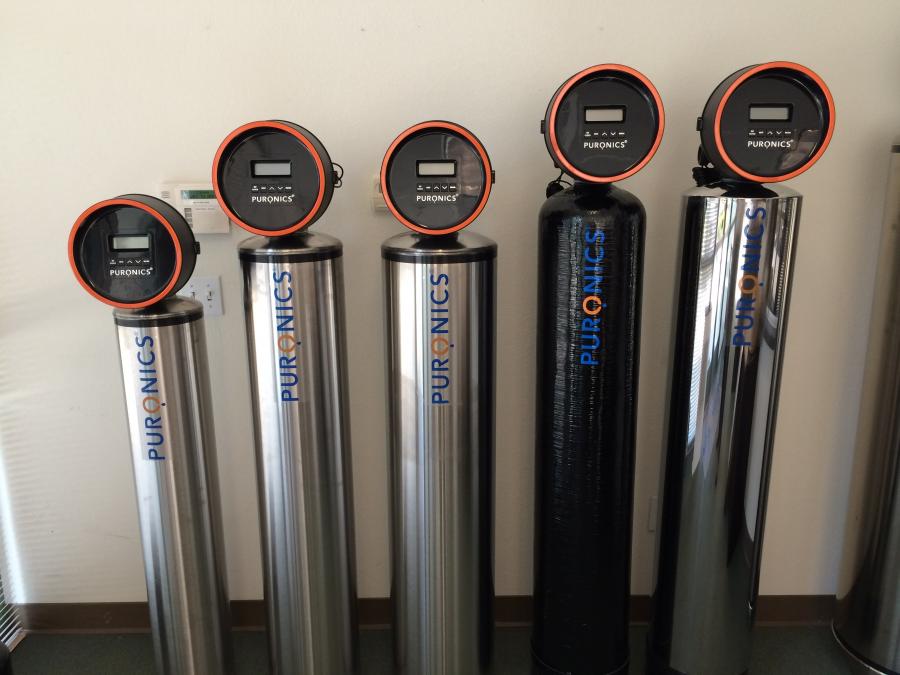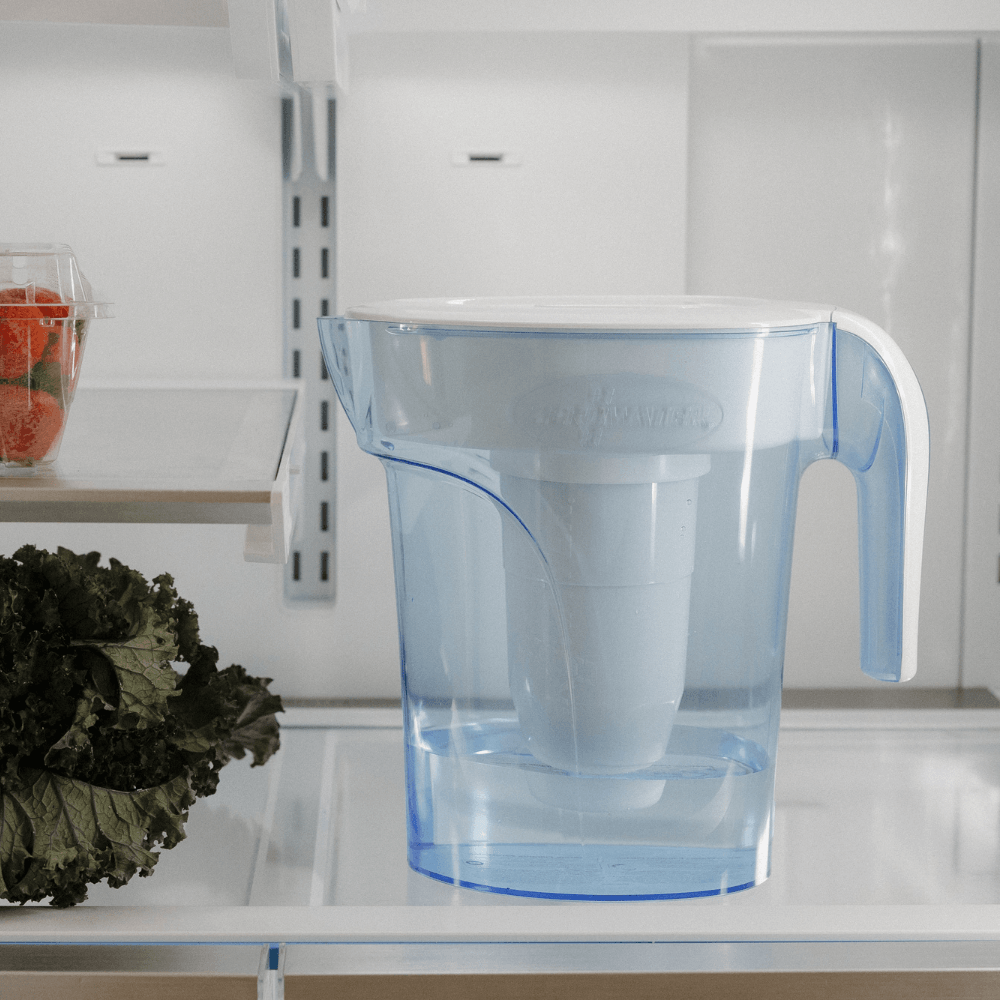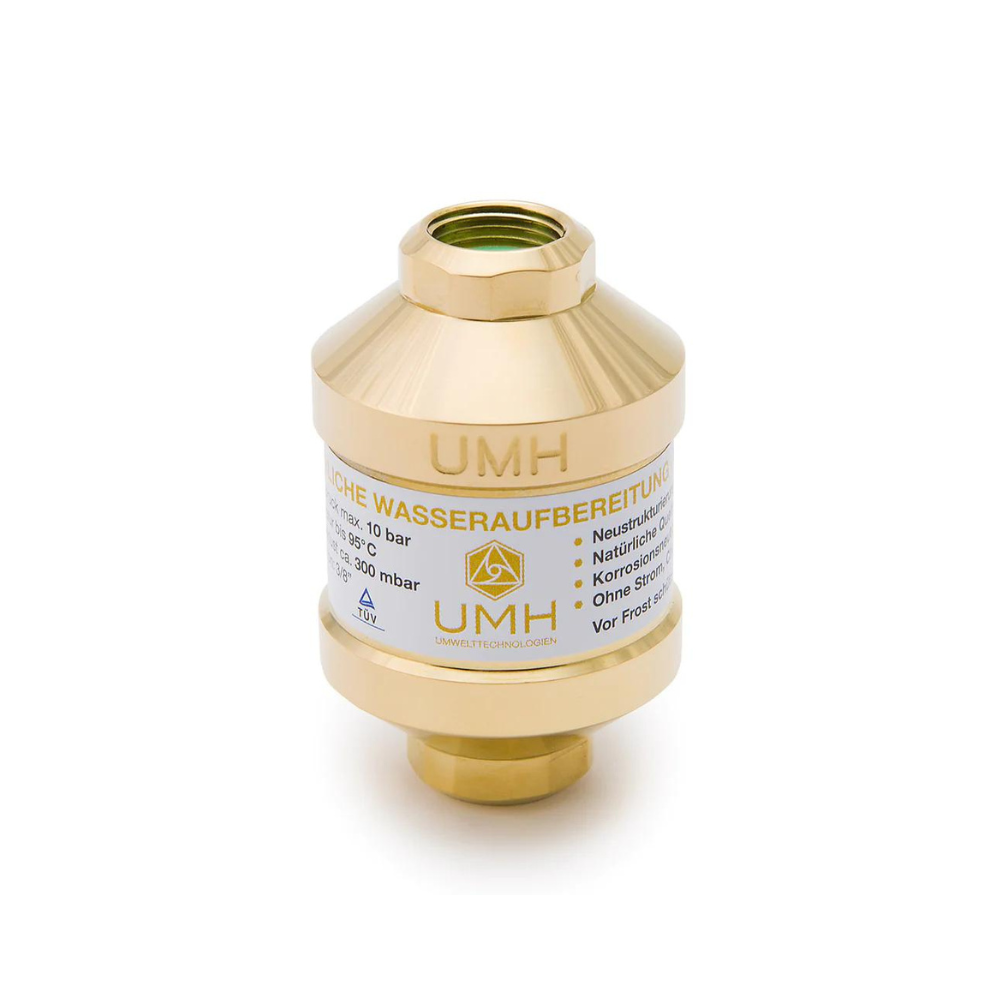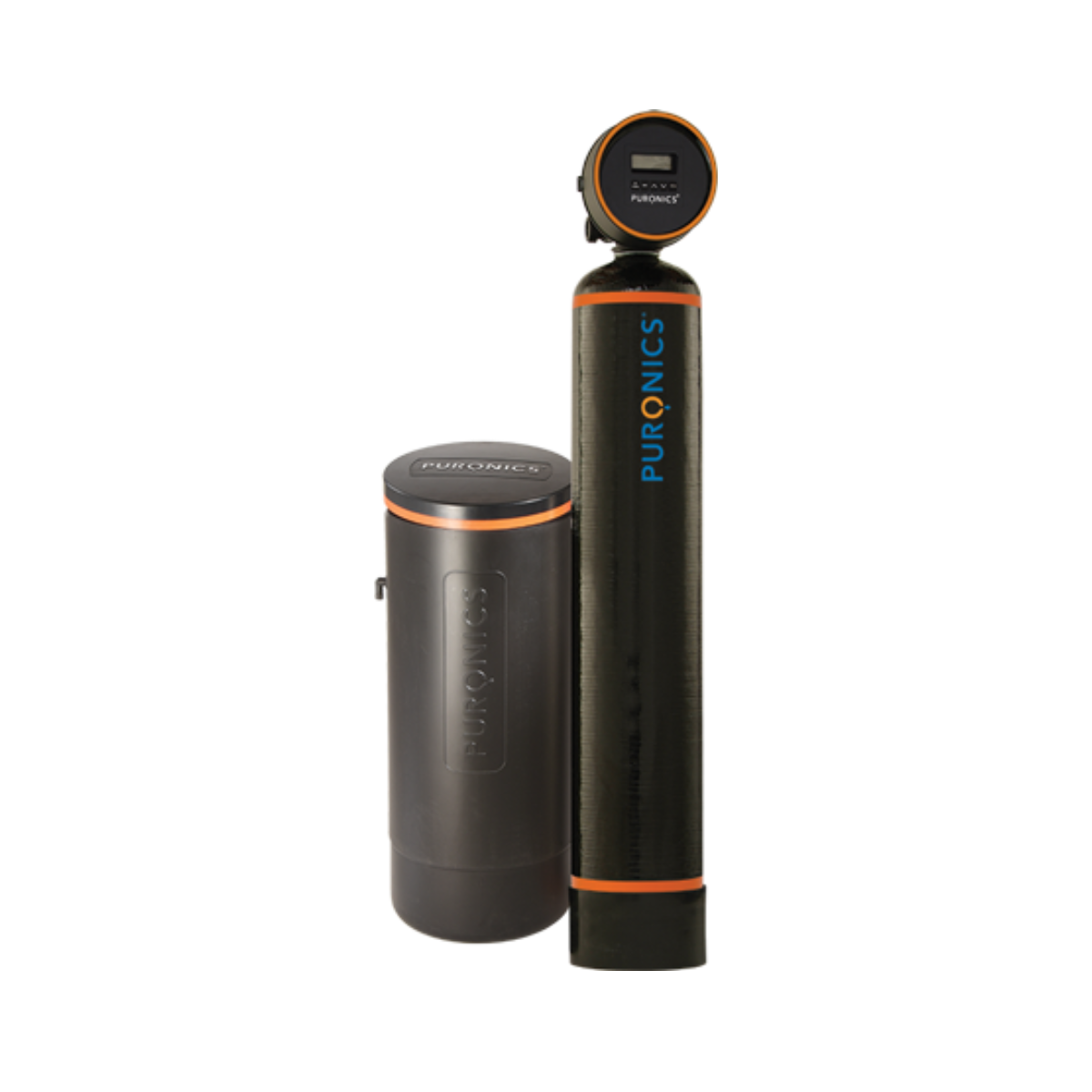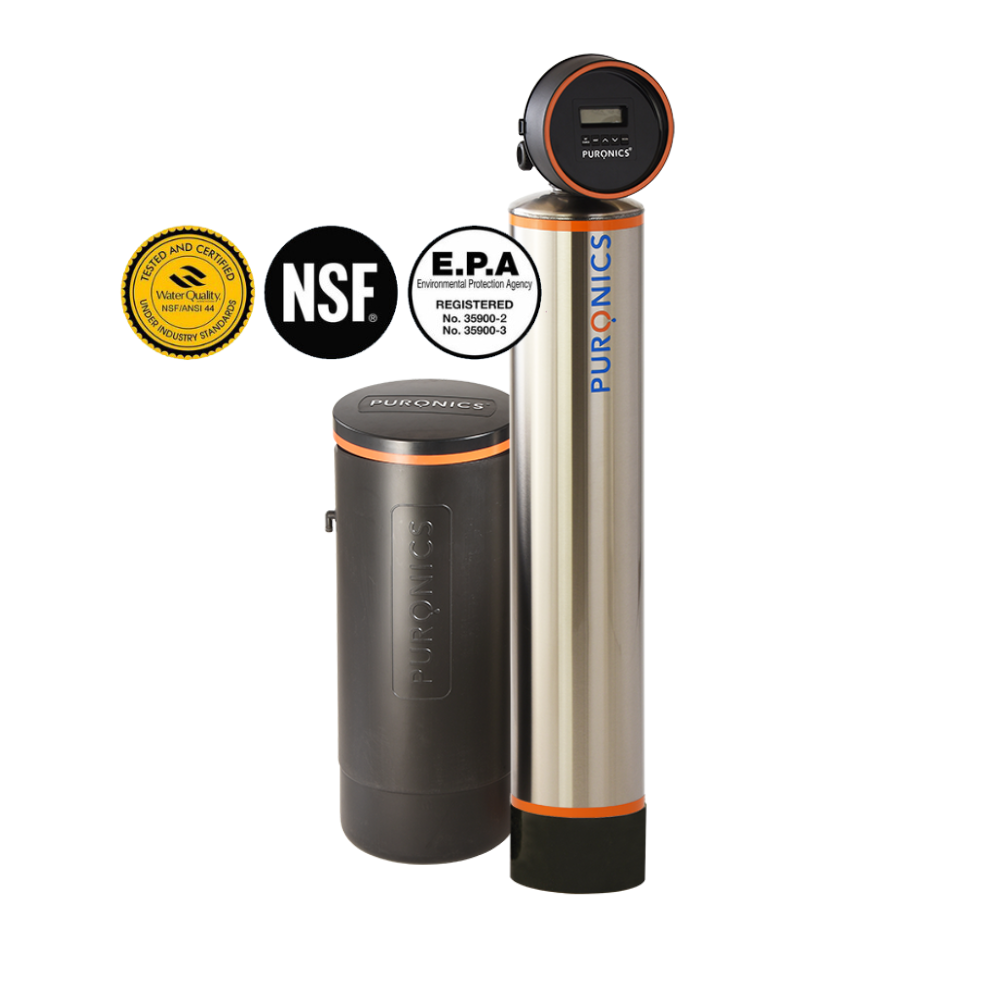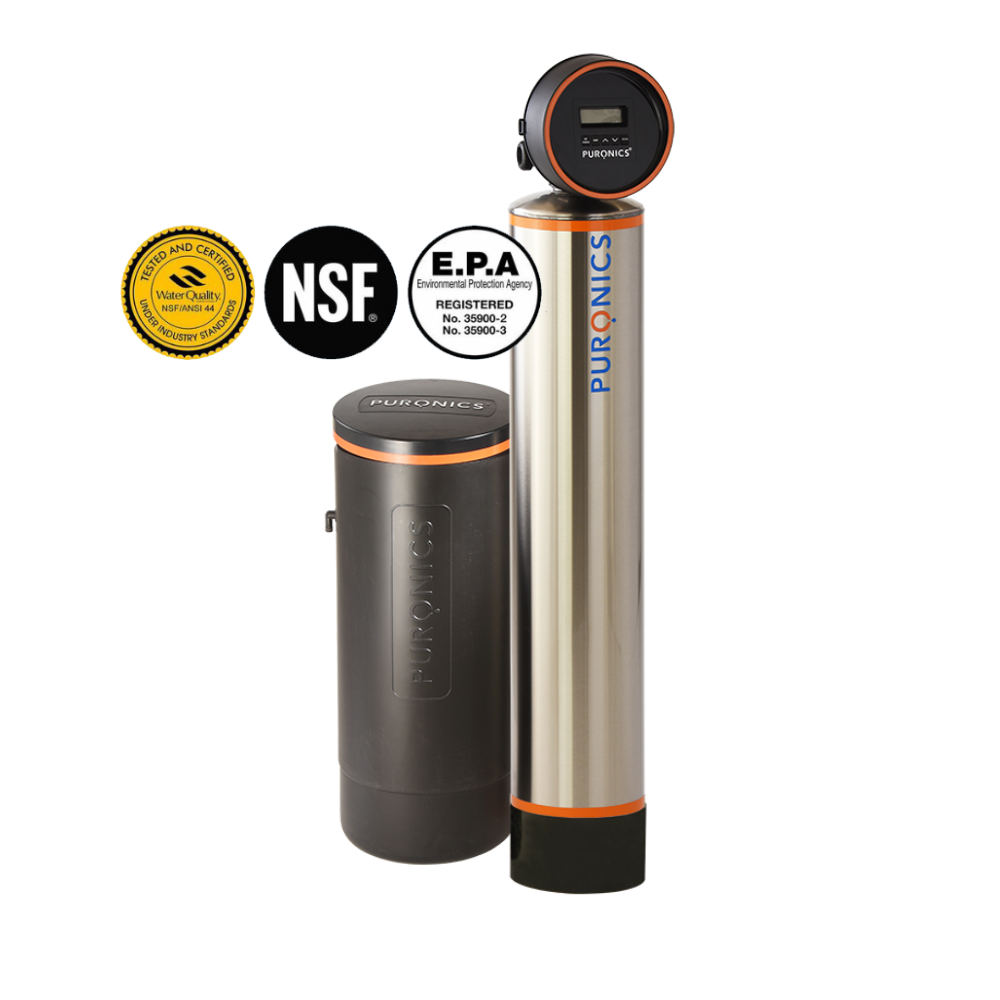What to do about toxins after the Ohio train derailment

The recent train derailment in Ohio has highlighted the serious risk that hazardous materials pose to water quality in nearby communities. The derailment resulted in toxic chemicals released into the environment, including the nearby waterways.
EPA confirmed that the following chemicals were leaked into the air, ground and water.
These are industrial chemicals used to make products like PVC, rubber paint, and other chemicals. High concentrations of these toxins or extended exposure can have severe life-threatening side effects.
This article will address some of the dangers to water quality that can result from a train derailment and the actions you can take to prevent exposure.
- Contamination of drinking water
One of the most serious risks associated with a train derailment is the contamination of drinking water sources. When hazardous materials are released into the environment, they can seep into nearby water sources and contaminate the local water supply. This can pose serious health risks to the people who rely on that water for drinking, cooking, and bathing. The average American uses 82 gallons of water a day at home. Think drinking water, brushing your teeth, bathing, washing product, dishes, or laundry, water is everywhere.
Although the federal and state branches of the EPA will monitor surface and groundwater exposure, they can do little to prevent or filter out those chemicals with our current water systems. This is why we recommend taking action and adding additional water filtration elements to your home for complete peace of mind regarding the quality of your water.
The best option is a full whole-home water filtration system

The second best option is adding the Reverse Osmosis Drinking Water System, The Shower Filter & Faucet Filters to the taps in your home. This will ensure that the water you drink and absorb is clean.



2. Damage to ecosystems
Toxic materials can cause significant damage to the ecosystems that depend on nearby water sources. Contamination of the water can disrupt the ecosystem's natural balance, impacting flora and fauna and ultimately harming the entire ecosystem.
The Ohio Department of Natural Resources said the chemical spill resulting from the derailment had killed an estimated 3,500 small fish across 7½ miles of streams as of Wednesday.
If you suspect damage or disruption to an ecosystem, stay clear of the affected areas and ensure your pets do the same.

3. Long-term effects
The effects of contamination from hazardous materials can be long-lasting, even after cleanup efforts have taken place. The materials can remain in the soil and water for extended periods of time, continuing to pose a risk to public health and the environment.
Communities must take immediate action to protect their water sources after a train derailment. This can include monitoring the water quality, providing alternative drinking water sources, and working with local authorities to minimize the impact of hazardous materials on the surrounding environment. Please remember if your water is on a well system you are responsible for the quality and cleanup of that water.
In conclusion, the Ohio train derailment is a reminder of the severe risks to water quality posed by hazardous materials. Communities must take action to protect their water sources, and individuals should be mindful of the potential health risks associated with exposure to contaminated water. By taking these measures, we can work to protect our environment and safeguard our public health for future generations.
0 comments

